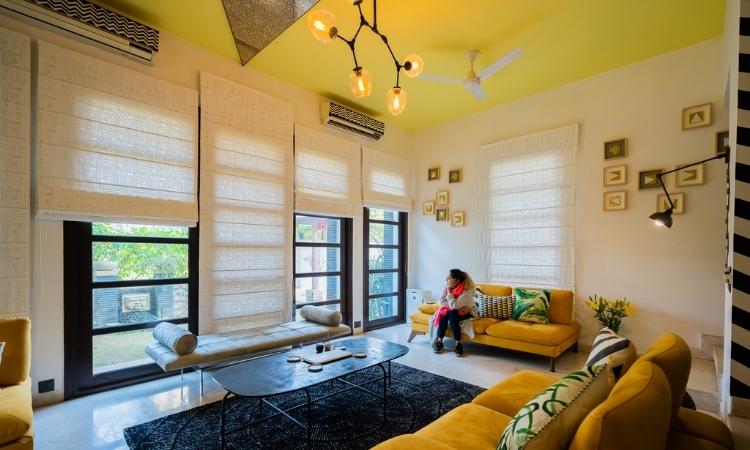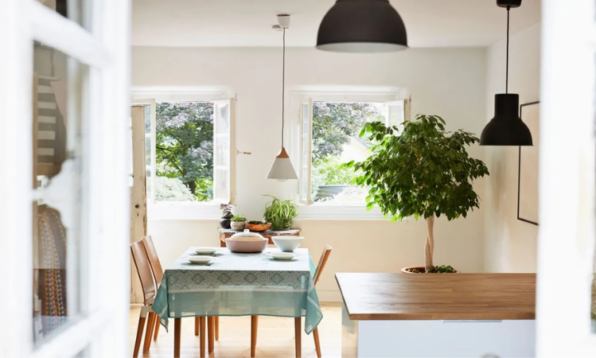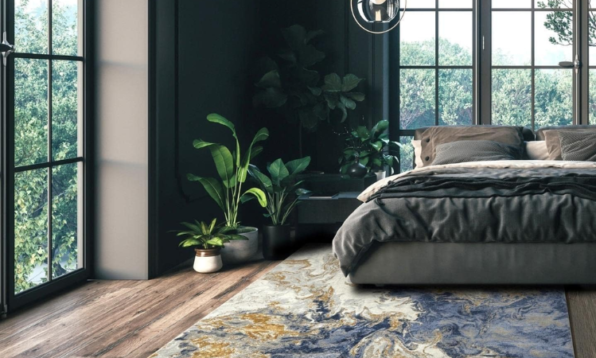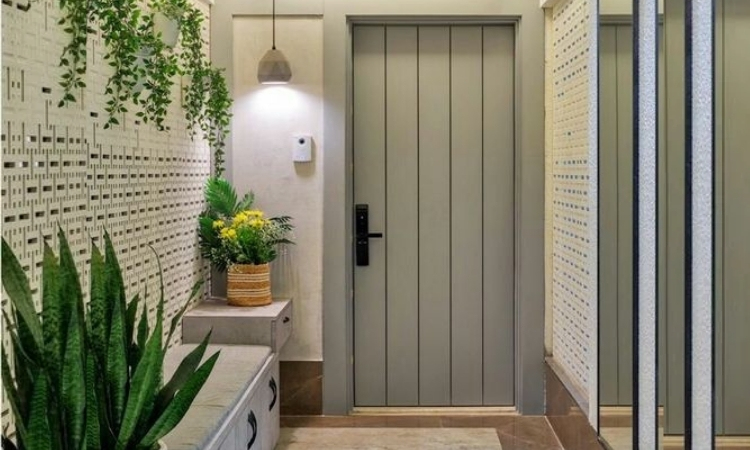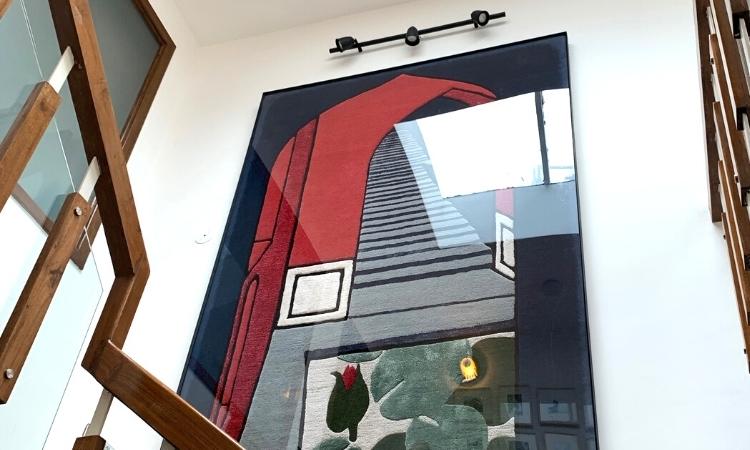Are you buying a house for the first time? You will probably relate to this Instagram reel which is one of my absolute favourites.
View this post on Instagram
For a lot of us, it took a pandemic to realise how truly priceless it is to have a home. As a result, there has been a surge in first-time homebuyers. Unfortunately, many buyers end up compromising on the home they want simply because they fail to think beyond the purchase. Here are a few things to keep in mind when you’re buying a house for the first time.
1. Visualise living in the space
Buying a home is one of the most unique experiences in life. It is probably one of the only purchases where you are thinking of more than one person, future family members, both human and furry, and multiple others who may visit. Visualising yourself and your family in this space is the most important step for first-time homeowners. Once you think you have found the one, imagine yourself and your loved ones using the spaces on an everyday basis. Imagine your current living situation and anticipate future needs or wants from a home.
Some of the questions you should ask yourself are:
- Do we plan to grow the family?
- How often do we entertain?
- Do I plan to work from home or have a business that might operate from home?
- Do I exercise daily at home?
- Will I keep full-time house help?
Of course, there are many more considerations but these questions are a good place to start. Consider this the same as test-driving a car, new or old. It’s a way to picture yourself in the house and gives you the confidence to make a solid decision.
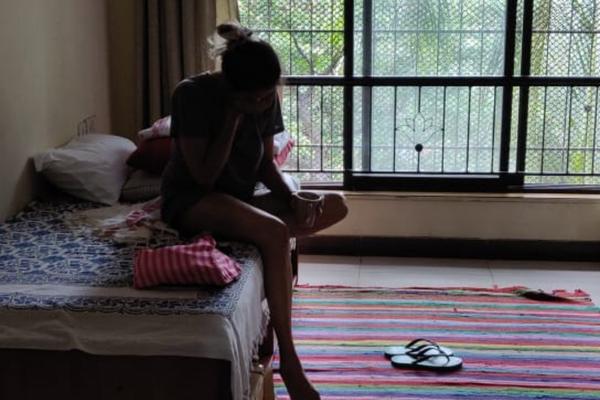
2. Get the house assessed before you buy
Would you ever buy a car without knowing what you are getting yourself into, especially if it’s a second-hand buy? The answer is a hard NO. So, why turn a blind eye when buying a house? I cannot recommend this practice enough to my clients. Get your contractor or pay a contractor to do a proper assessment of the house you plan to buy. It is worth every penny.
As an interior designer, I specifically advise this to folks who are not the first owners of the house or are looking to buy in buildings that are over 10-15 years old. The survey will give you an understanding of how much you might need to spend to turn it into the kind of home you want. It prepares you mentally, reduces stress, and shields you from any unpleasant surprises. This assessment might even give you an upper hand while negotiating the price.
3. Time is money
One of the benefits of an assessment is that it fetches you realistic timelines on a moving-in date. Such timelines vary for new and old construction houses. They also may vary based on the size of the house or the type of structure. For example, a 3BHK apartment in a new building may be good to move into in 45-60 days. This is because time would purely be focused on interiors with minor or no civil work. On the other hand, if the construction is over 7-8 years old, it can take anything from 90-120 days with the first two months entirely taken up by civil work.
One of the most common problems that I have experienced as an interior designer is homeowners wanting to move in on a particular, auspicious date or in time for a major festival. This leads to rushing to finish the house which is never a good thing. This approach results in massive compromises in quality and, as a consequence, high spending on repairs and maintenance in the future. Make your peace with the timelines and save time, money, and energy in the long run.
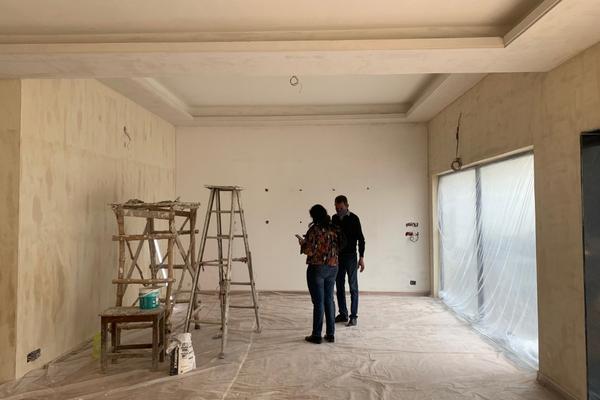
4. Spot the red flags
This is one of the most important things to keep in mind if you’re buying a house for the first time. It’s easy to get caught up in the excitement of it all but take a step back to spot the problems. In my experience, some issues that look superficial come back to haunt you once the house is put to work on a daily basis. Look out for the obvious red flags like seepage of any kind or termites. Check the plumbing and electrical work, it should not be too old. Choose houses that are well-ventilated and get at least 6-8 hours of good sunshine.
The bones of the house have to be strong. Red flags, if ignored, end up as repair and maintenance costs. You will end up spending in small chunks over a period of time. The expense may not seem like much at the time but add it all up and it’s money you could have used to buy a car or take a vacation.
5. Do you need your home to be Vastu-compliant?
One of my clients, who was on the fence about Vastu, was asked by the elders in the family to get it done. Now, this was done after buying the house. And as it turned out, the master bath could not be used as a bath at all. It was turned into storage during renovations because of Vastu problems. Cost and convenience both took a serious hit in the process. So, if you are on the fence when it comes to Vastu, get the home assessed before you buy.
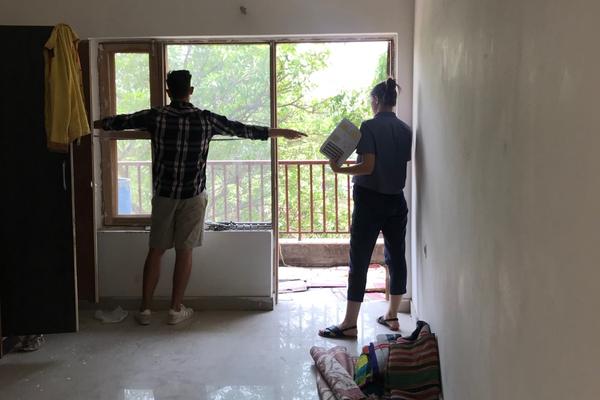
6. Think of renovation costs when buying a house for the first time
How much should you really spend on renovating a house? This is the most common question I get from first-time home buyers. Here is a quick calculation that will help:
- For a newly constructed house, keep 15 per cent of the purchase price for interiors. Civil works should be need-based. For example, in one of my projects, we broke a wall to create a window between the dining area and the kitchen. This was purely based on the need of the client for the homemaker to not be isolated from the rest of the family during mealtimes.
- For houses that are over 10-15 years old, set aside 20-25 per cent of the purchase price for renovations. In the case of old constructions, civil works absorb a lot of the cost. For example, if the house was bought for ₹2.5 crores, it is smart to keep a budget of ₹50-60 lakh for civil works and interiors.
Always do the math and set aside the amount in the planning stage so it is not a cause for concern, compromise, or stress after the purchase.
7. Interiors make a house into a home
A home is about the people who live in it. It’s about the lives they build little by little each day. It’s the things that they collect and keep. It is the memories they create. And from the day you move into your house, you take the first steps in its journey to becoming a home. So, it’s only natural that you are mindful of what goes into your house. Finishes and interiors are a huge part of this process. And often, they are confused as one.
Finishes are part of interiors and an often unavoidable spend. You can’t live in a house without flooring or tiles in the bathroom or a countertop in the kitchen, can you? Pure interiors, on the other hand, account for furniture, soft furnishings, mood lighting, and décor. There is flexibility to this component of design but it is also unique as it is not objective.
In my experience, first-time homeowners get rather shocked when they come in contact with the price tags of their taste. It is good to bear in mind that quality does not come cheap.
For a 3 BHK house, custom soft furnishings such as curtains, sheers, and blackouts (material + make) can range from ₹1-2 lakh. If they are not custom but sourced, the price can range from ₹50,000-80,000. Plan the expenditure before the buy, and if your spending capacity is low, design in phases. But avoid cutting corners on quality because you want your furnishings to be durable.
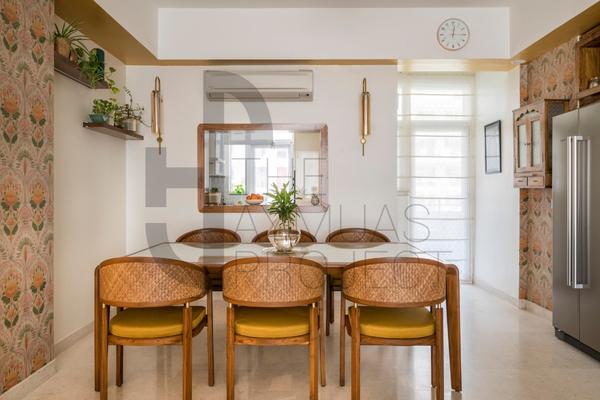
8. Talk to the neighbours!
The house you choose is as important as the community it sits in. Here’s a valuable tip which you may not have considered if you’re buying a house for the first time. Research your RWA and its rules on renovations. This should be a standard practice to follow. Be it new or old builds, there are always dos & don’ts in matters such as change of flooring in multistoried buildings, safety concerns on moving walls, or creating extensions. It is best to know about these rules and regulations before you buy a home. Talk to potential neighbours to get a temperature check and learn from their experiences. Ask them about the utilities in the area and a general idea of the standard of living.
Your first home is and always will be special. So, if you’re buying a house for the first time, bookmark these tips and be wise about this big investment of time, money, and energy.
Related: Want To Jazz Up Your Space? Here Are Some Living Room Decor Ideas To Try On A Budget
Featured Image Source

